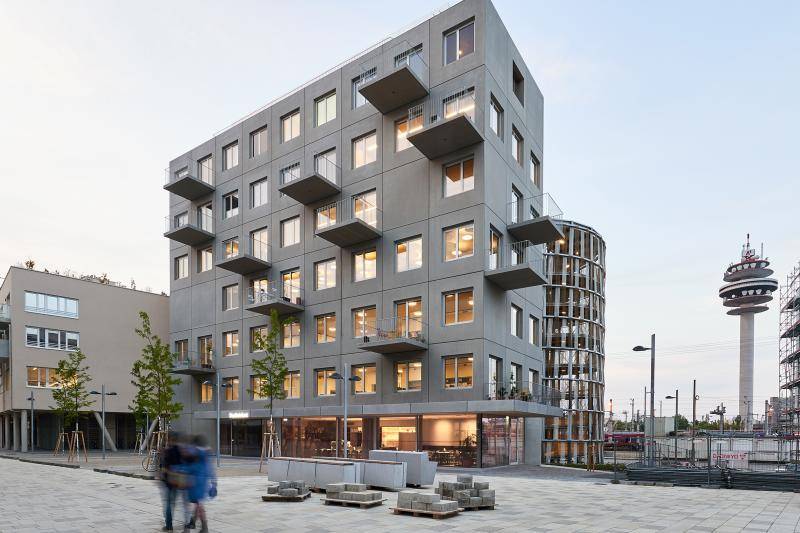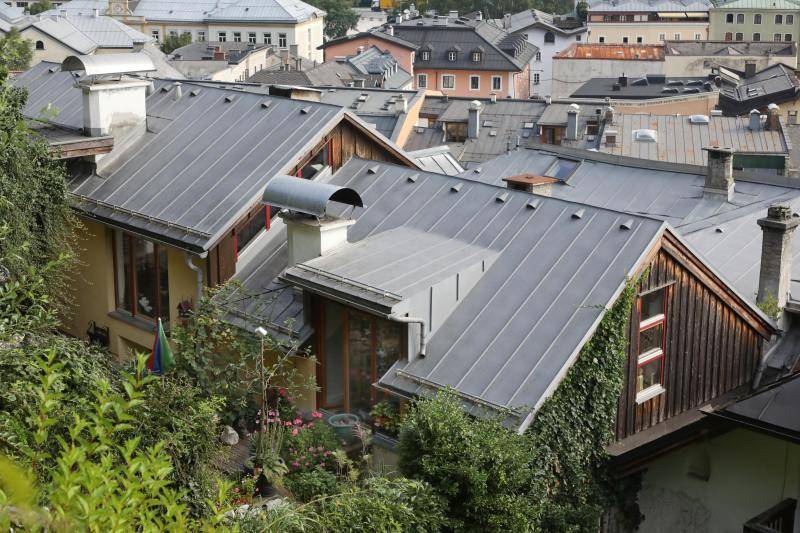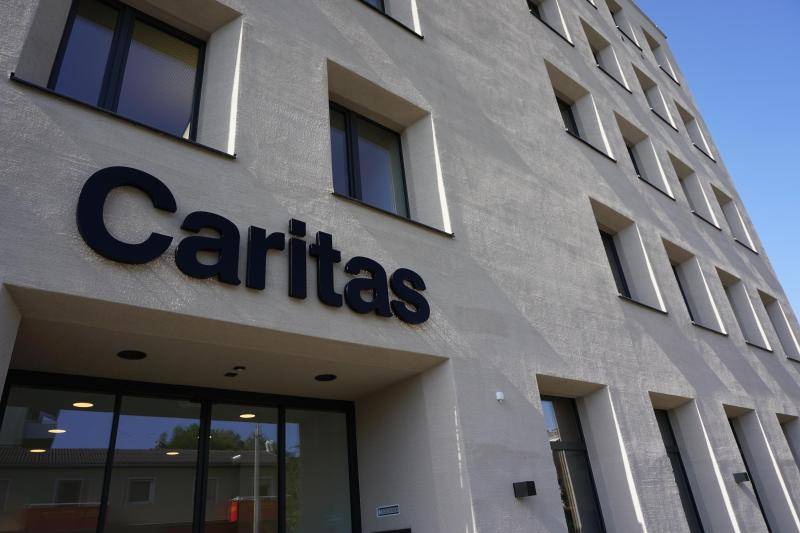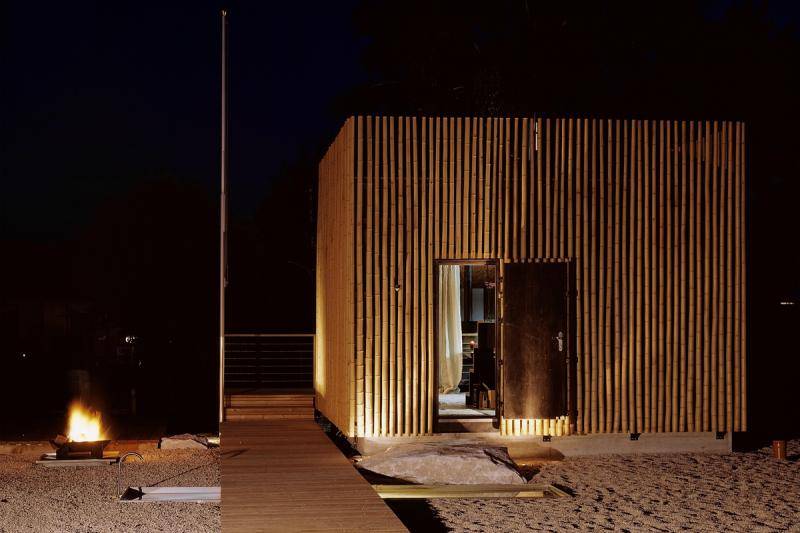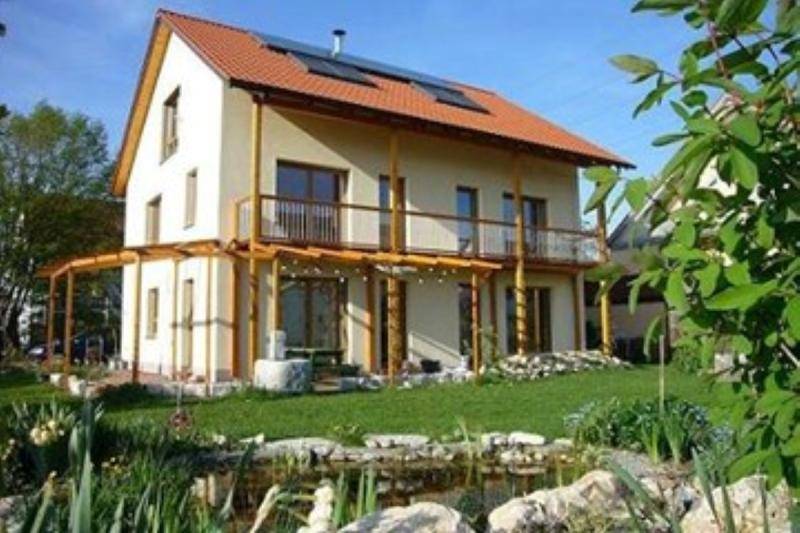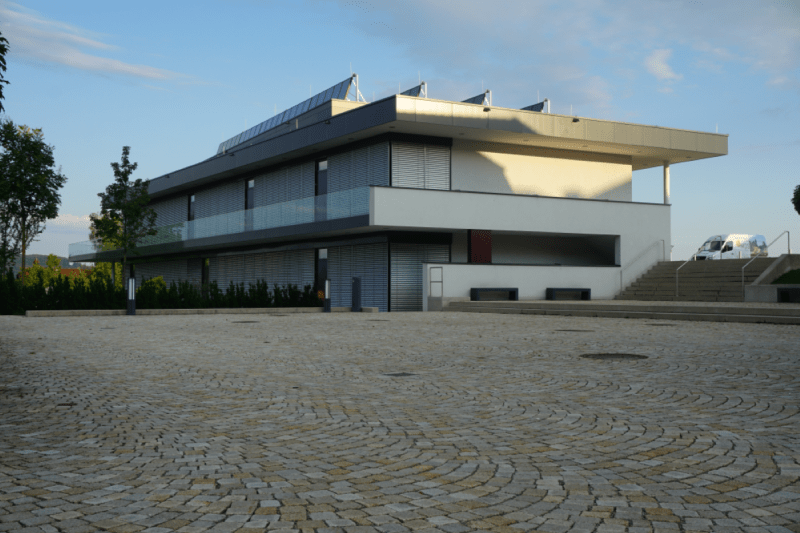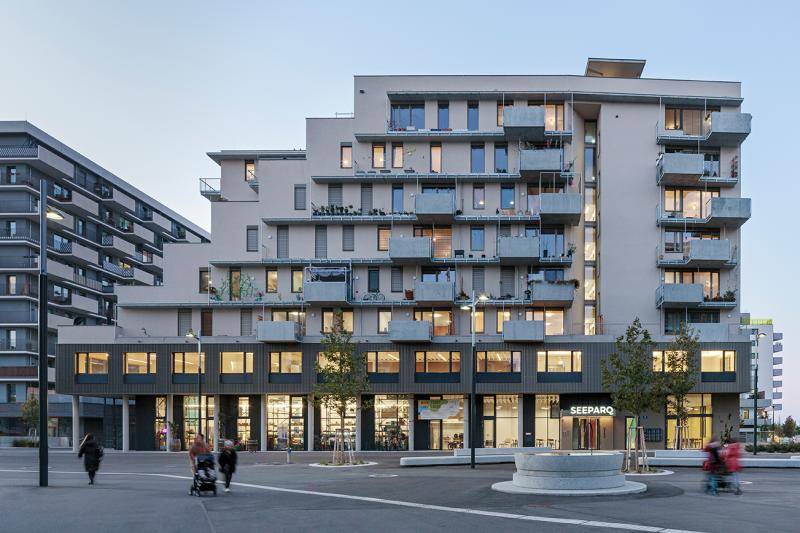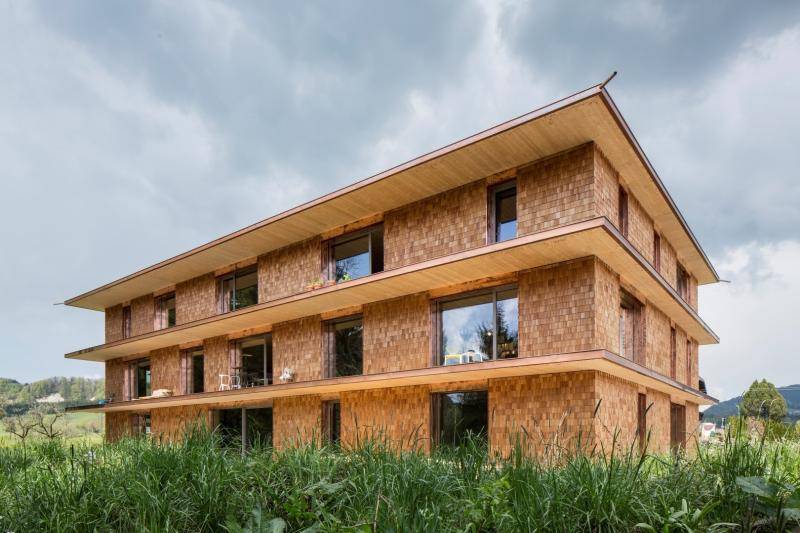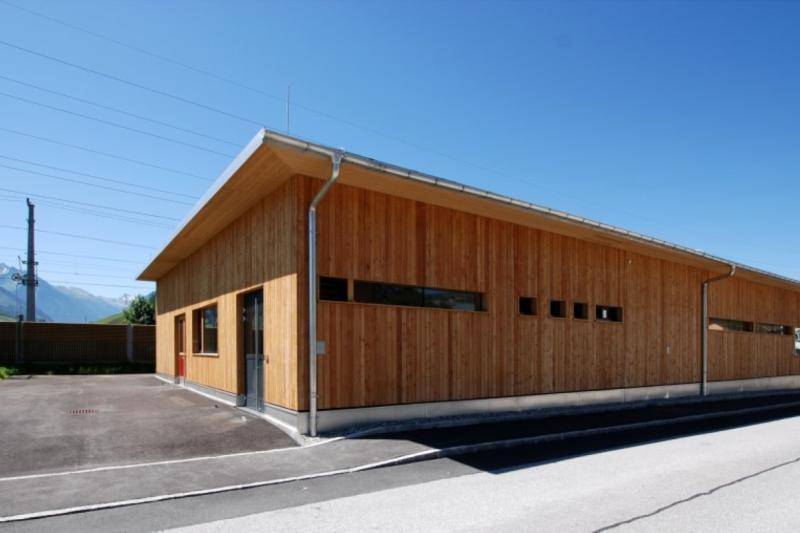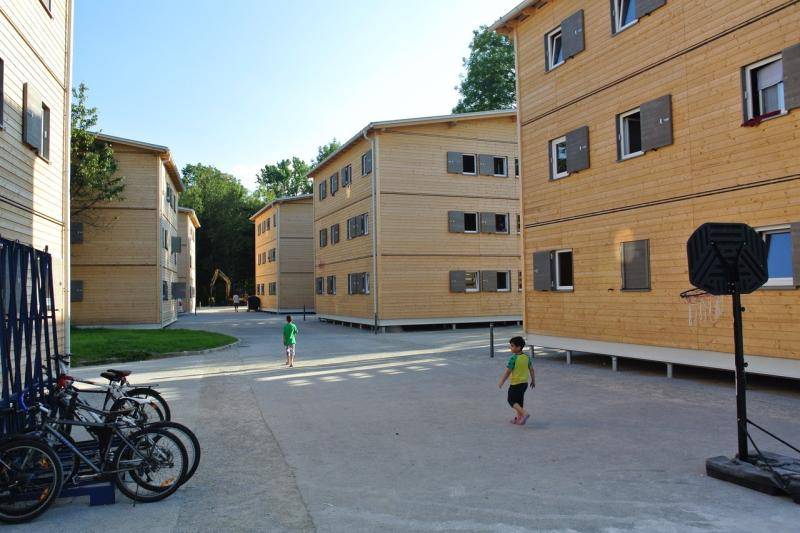Schools by the lake, Hard
The ‘Schule am See’ in Hard on Lake Constance, a neighbouring municipality of Bregenz, is home to a primary and secondary school for around 650 pupils and 80 teachers and was awarded the State Prize for Innovative Schools in 2020/21.
Market town of Hard
2018
10.703 m²
Baumschlager Hutter Partners
21.4 kWh/m²a
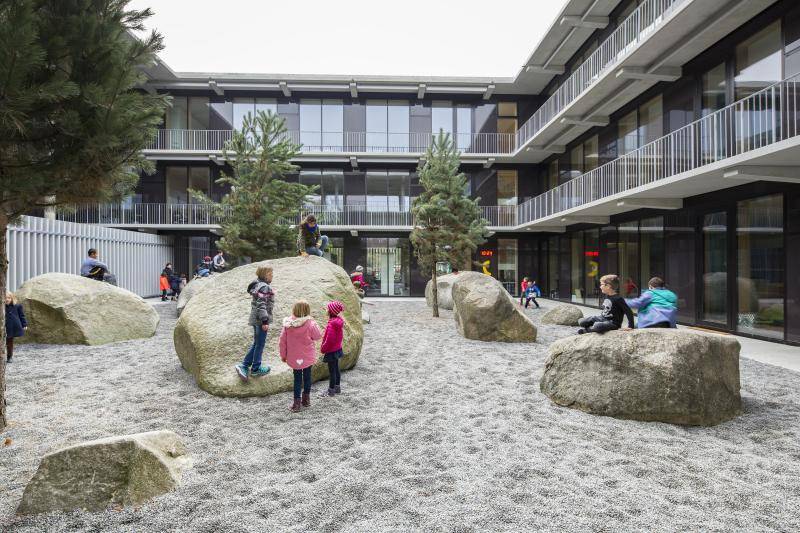
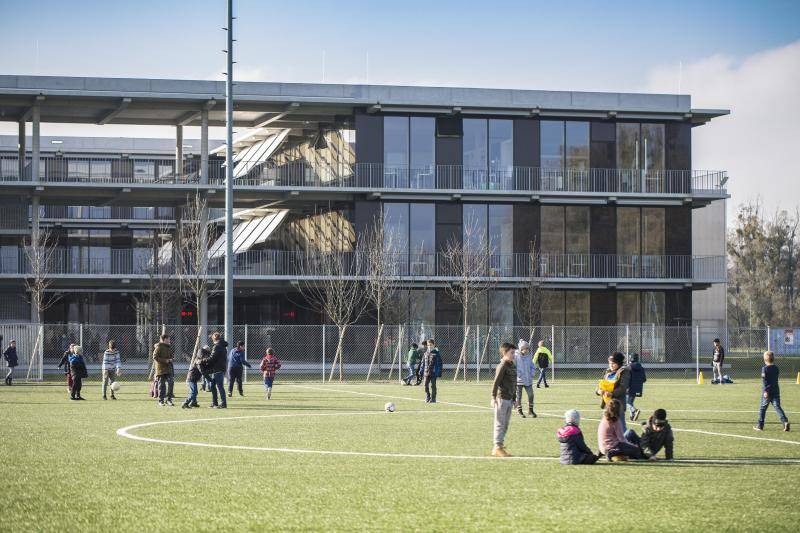
The location of the school is exceptional. It is located near a lake and offers an unobstructed view of the lakeshore. This results in a building structure that opens up towards the water and occupies the space between the lake and the existing sports hall. As a cluster school, the primary and secondary school is organised in such a way as to ensure a high degree of flexibility in the arrangement of the structural elements. The storeys serve as platforms for various working arrangements, all of which are closely linked to the outdoor space. The courtyards and entrance areas can be adapted to the surroundings in a variety of ways, and the internal circulation is more reminiscent of a village than a street. The cluster offers space for freely organised collaboration and the classes can serve as places of rest. The building is characterised by a high degree of transparency between the exterior and interior as well as within the cluster. The visual connections to the landscape and the lake ensure a pleasant learning environment with plenty of natural light inside the building. The cluster forms a large space that is divided into classroom areas by glass partitions and furniture.
The building services system is based on the principle of individual responsibility for building utilisation. The building is equipped with controlled basic ventilation and a higher-level building management system. It is also possible to open ventilation flaps or doors at any time. The building does not require any technical cooling. Overheating of the interior is prevented by inclined sun blinds. On summer nights, ventilation flaps in the façade are opened automatically, creating cross-ventilation that helps to cool the building via the storage mass. Heat is supplied via the local heating network of the municipality of Hard. A photovoltaic system with an output of 100 kWp was installed on the roof to produce its own electricity. By choosing ecological materials and constructions, it was possible to reduce the proportion of grey energy.
